In September 2023, leading global insurance company Allianz published their Net-Zero Transition Plan, which provides a detailed roadmap of how the company plans to align its business with a 1.5 degree pathway in the near and long-term.
The insurer, which also stewards US$1.02 trillion assets under management, released the transition plan two weeks ahead of the UN Climate Ambition Summit. Barbados Prime Minister Mia Mottely’s address to gathered leaders affirmed the sentiment of the event: “jockeying for bragging rights cannot be allowed at a time when the world is burning”.
Allianz was one of the few financial institutions that demonstrated sufficient, genuine progress to earn an invite to the summit, which was restricted to entities with transition plans that were aligned with stringent credibility criteria, as determined by the UN General Secretary.
Allianz’s CEO Oliver Bäte used his platform at the summit to commit to “lead by example”, and claimed the insurer’s inaugural transition plan is “fully transparent with UN backed 1.5 degree aligned credibility criteria.”
The release has also been welcomed by climate campaigners as “ambitious, transparent and timely”, although they were careful to point out some major gaps in the plan itself. Even with significant room for improvement, Allianz have set a precedent with the publication of one of the most comprehensive and credible transition plans released by an insurer to date.
Allianz’s Net Zero Commitments
Allianz’s new targets include near-term commitments to reduce emissions within investments and underwriting by 2030. Allianz committed to reduce emissions intensity of its commercial property and casualty business by 45% by 2030. It also aims to reduce absolute owned emissions by 50% compared to 2019 for listed equities and corporate bonds and to reduce the emissions intensity for its investments in infrastructure, private equity and debt by the same amount.
These commitments are buttressed by further emissions targets covering high emitting sectors including oil and gas, utilities, steel and automobiles. Allianz will also maintain its target of net-zero operations across 70 countries by 2030.
It is commendable that Allianz explicitly rejects the use of offsets until “the end of our net zero journey”, and certainly not before 2030. This bucks the worrying trend of companies and financial institutions relying on a premature and unreasonable deployment of unproven carbon removal technology to meet emissions targets, rather than focusing on achieving real decline in company emissions in the near term.
Closing the Credibility Gap
In spite of the high bar Allianz has set, there remain some loopholes which must be addressed to bring the plan fully in line with a credible 1.5 degree pathway.
Regine Richter, a campaigner for Urgewald, has commented, “It’s a pity that Allianz didn’t use the opportunity of the transition plan to announce tightening its oil and gas policy, in particular on midstream and downstream gas and we expect that as a climate leader they will do so in the near future.”
Furthermore, Allianz could go beyond measuring only the emissions of customers that already report to them. Other industry peers such as Fidelos already routinely require its commercial customers in relevant sectors (including power and energy) to report their GHG emissions, including their Scope 3 emissions. Allianz could match this commitment to improve upon their current efforts to steward the emissions of their customers.
Peter Bosshard of Insure Our Future noted that “Allianz needs to complement its intensity target with a bold target for reducing absolute emissions” to align with the NZIA’s target setting protocol. Although Allianz’s current targets are ambitious in principle, intensity targets can be met by merely adding low-emission business to the portfolio, and in absence of real-world emissions reductions we will not manage to avoid further climate breakdown.
Allianz was involved in a widely publicised exodus from the NZIA earlier this year, citing legal risk to shareholders, but announced that this was not a reflection of their commitment to net zero goals.
Call To Action
Allianz’s leadership not only sets an example for large insurers but also for other asset owners. They should look to Allianz’s stewardship commitments as a shining example of ambitious leadership in setting a credible net-zero strategy. Asset owners vying to remain resilient and transition-ready in light of current environmental crises should look to Allianz’s plan as a call to action: to rapidly improve upon their current commitments to stay at the head of the pack.
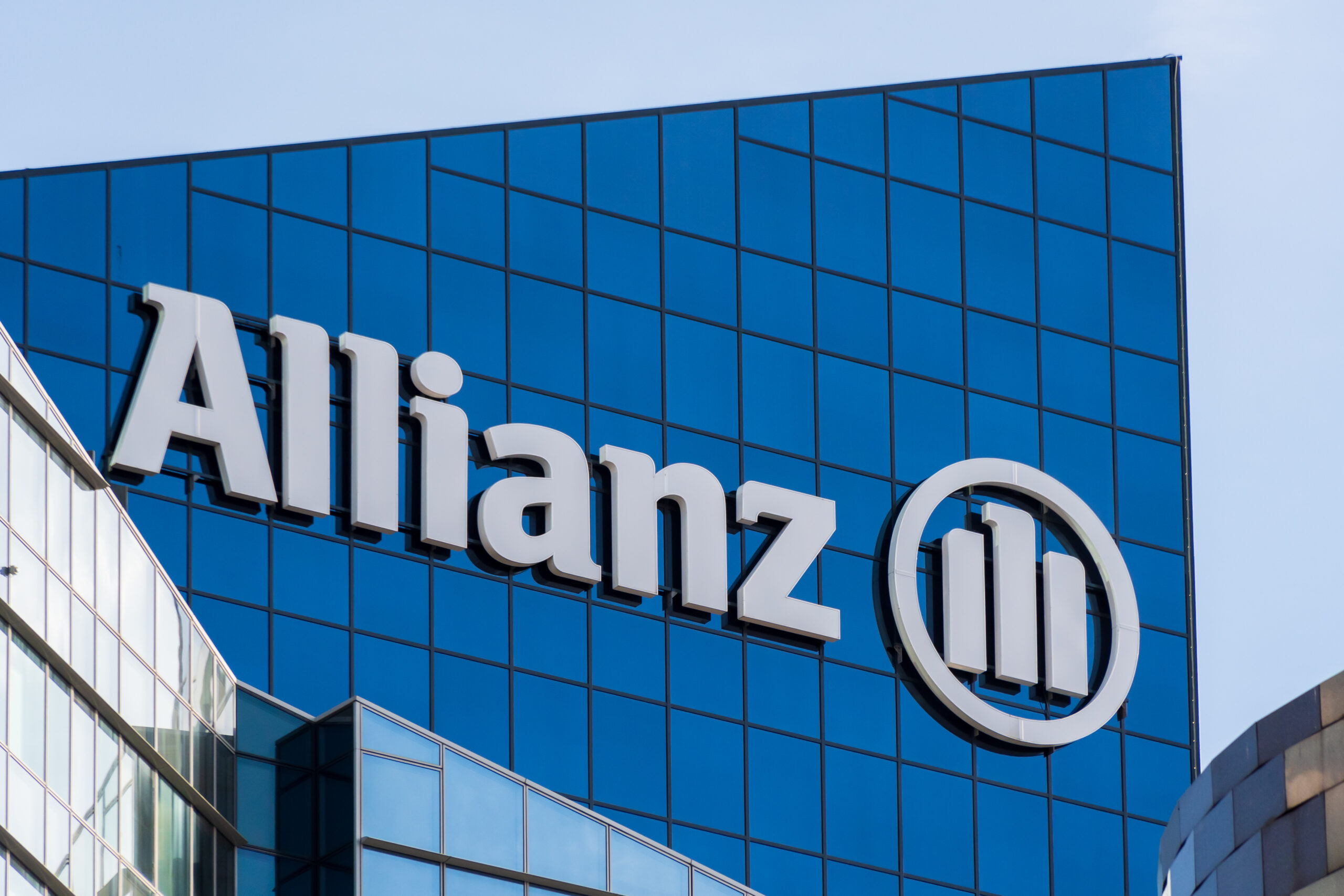






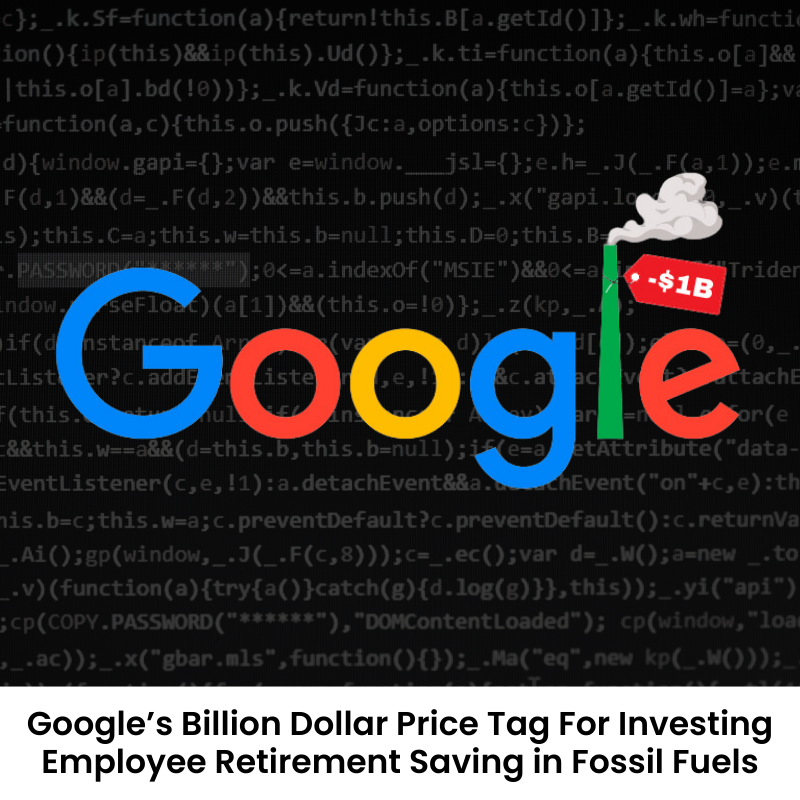
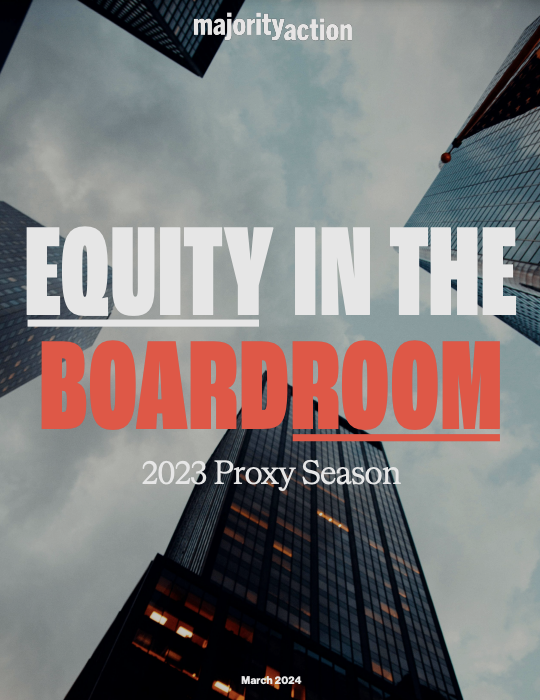

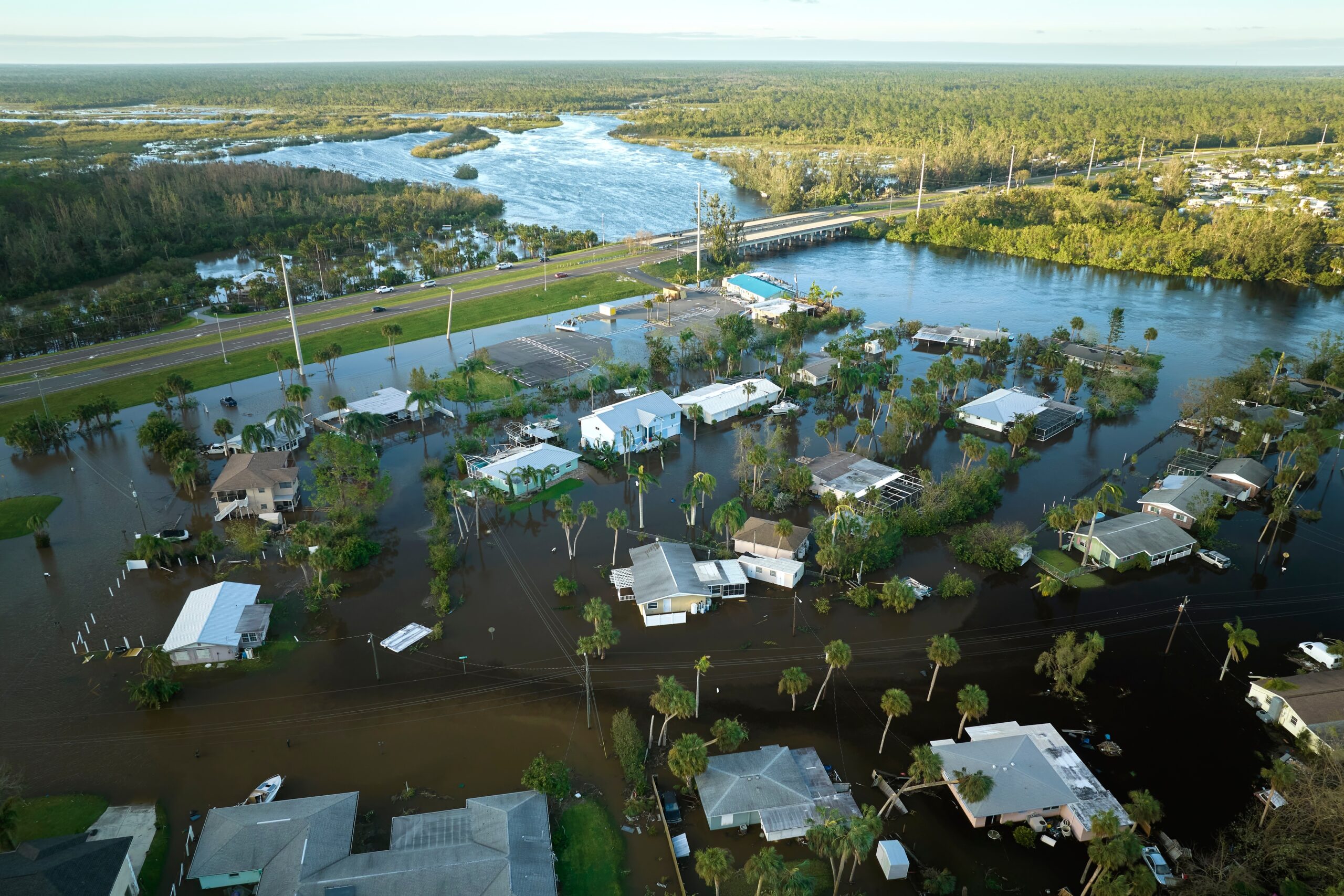
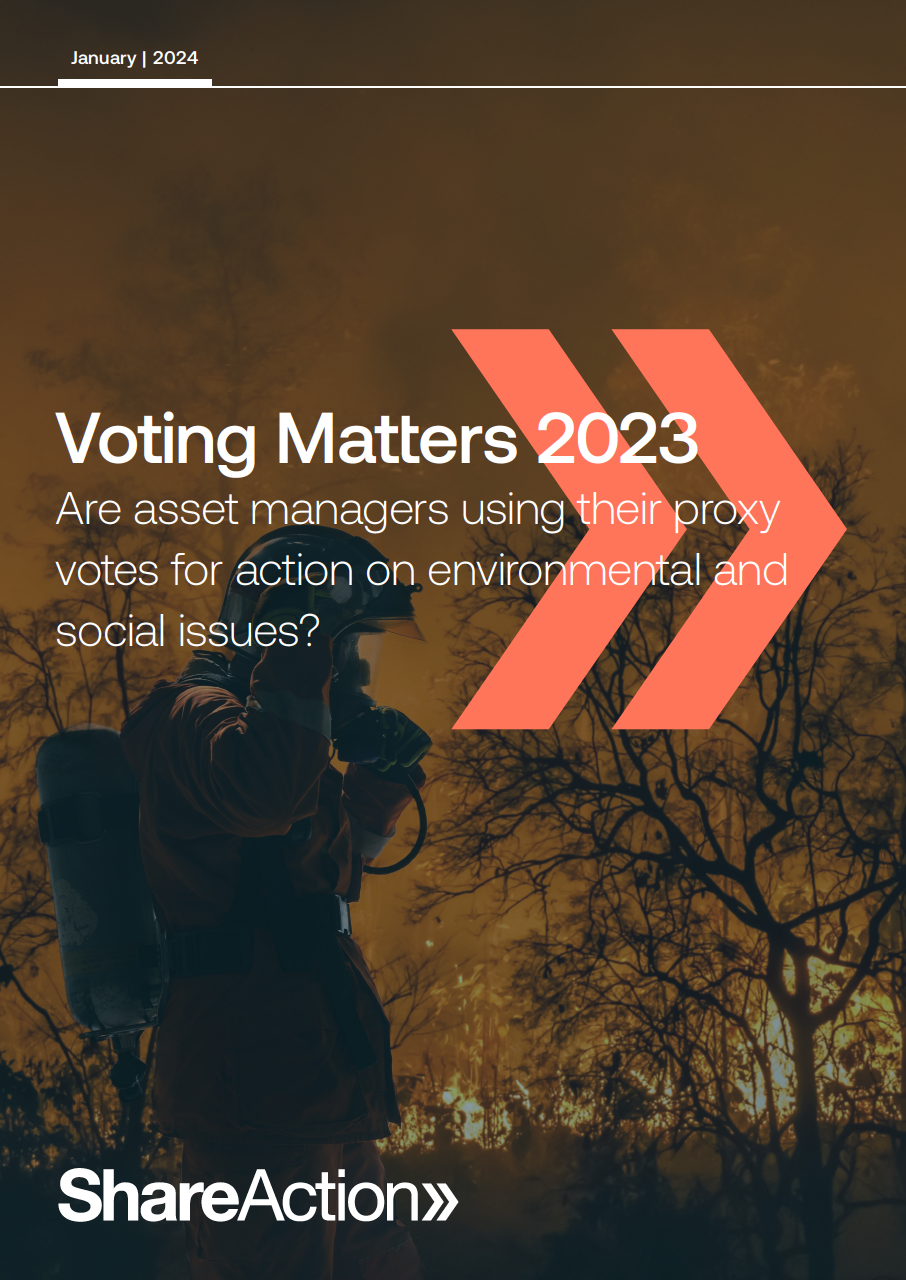
















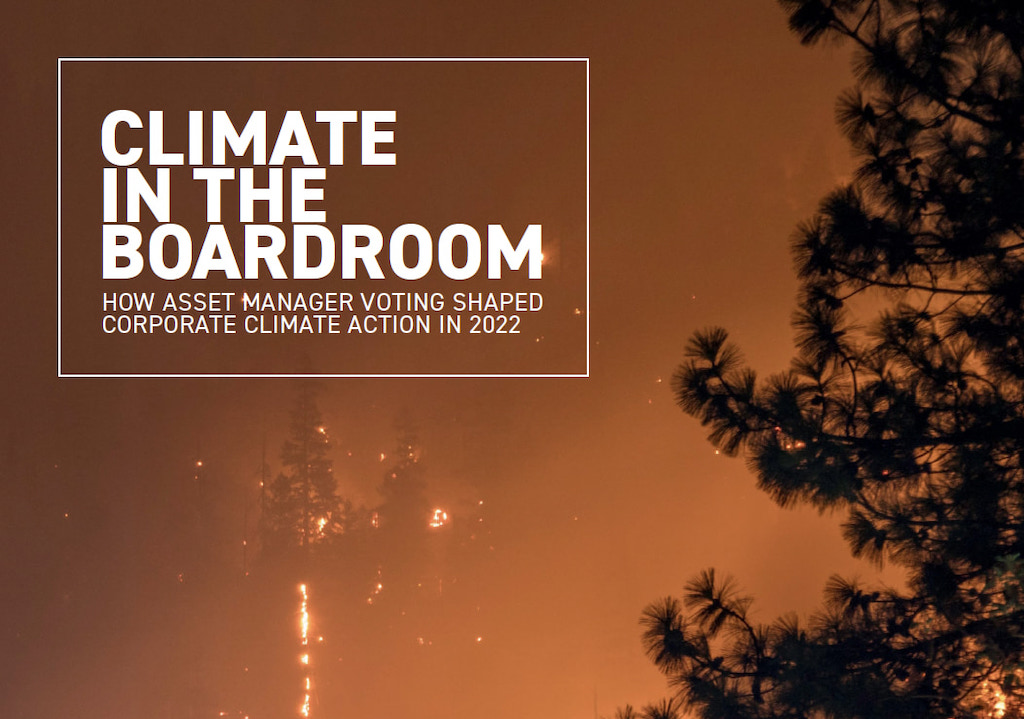


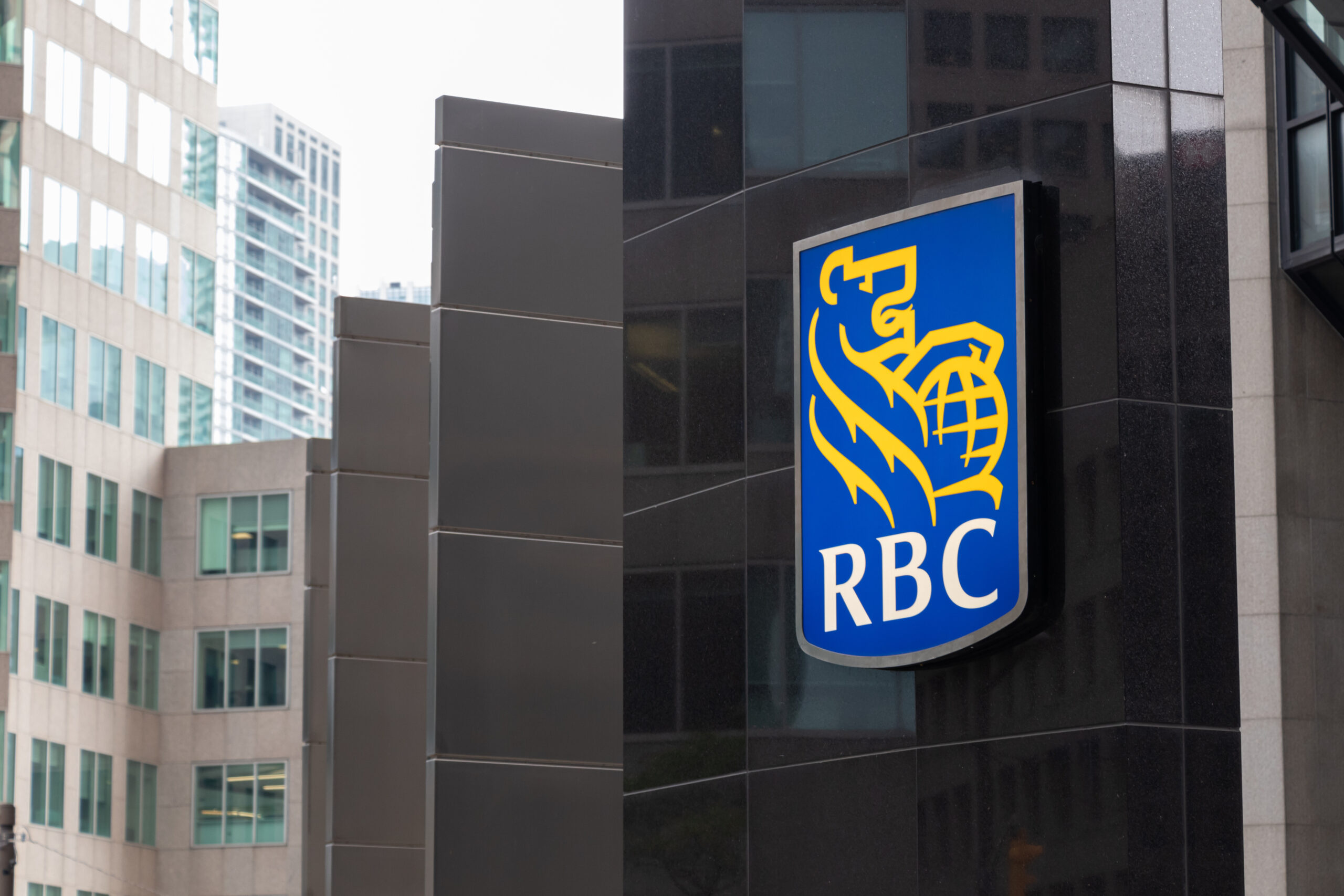

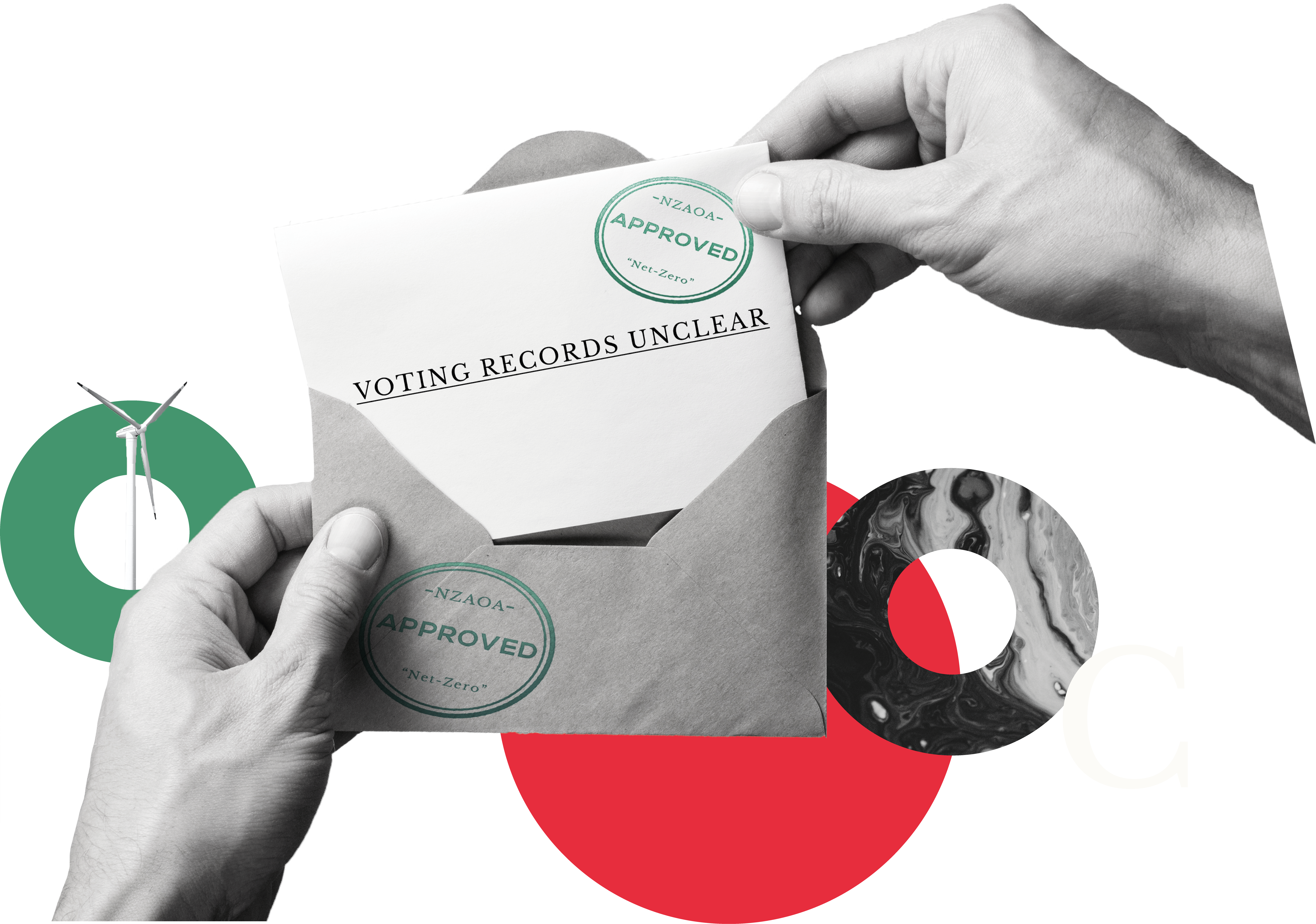

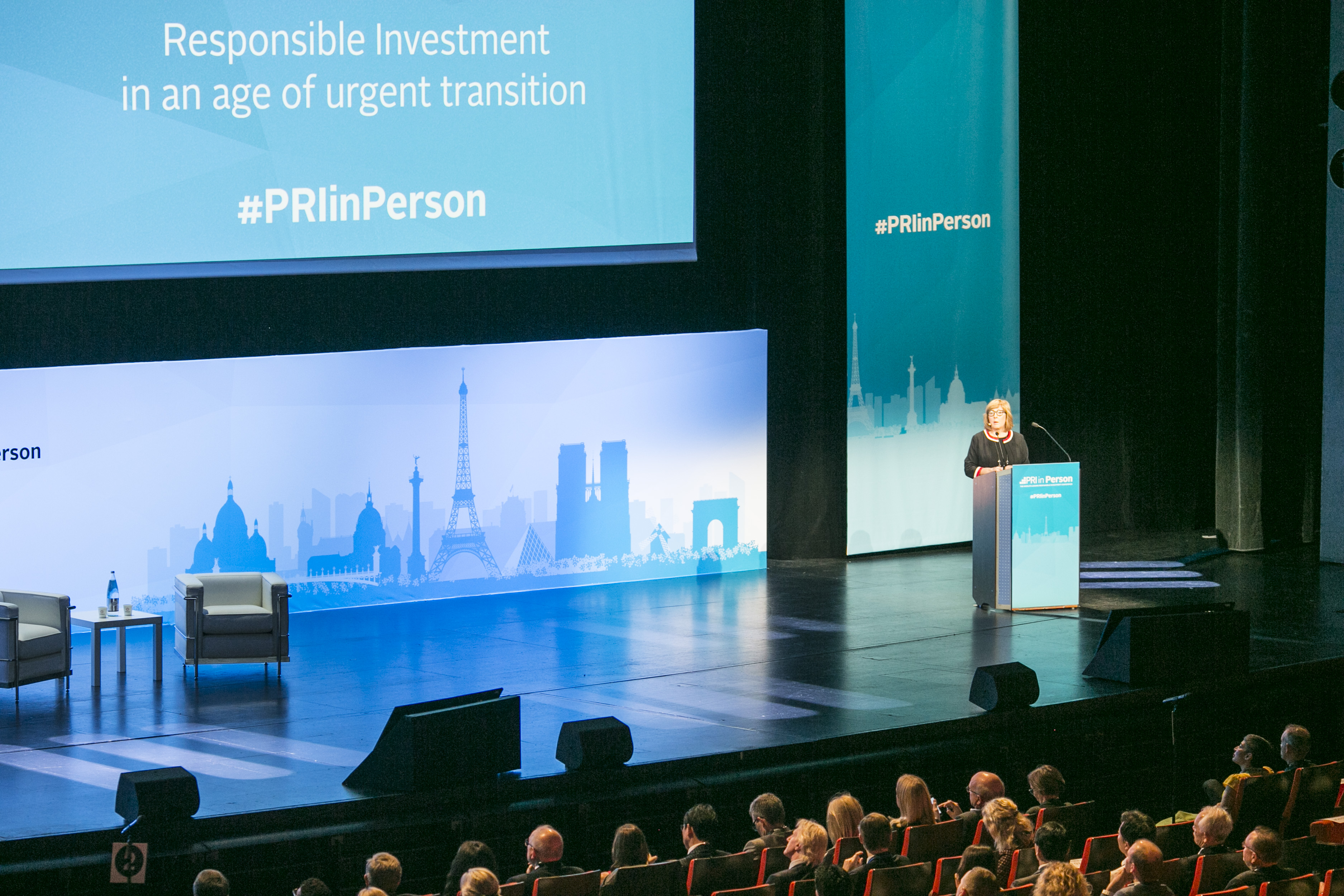








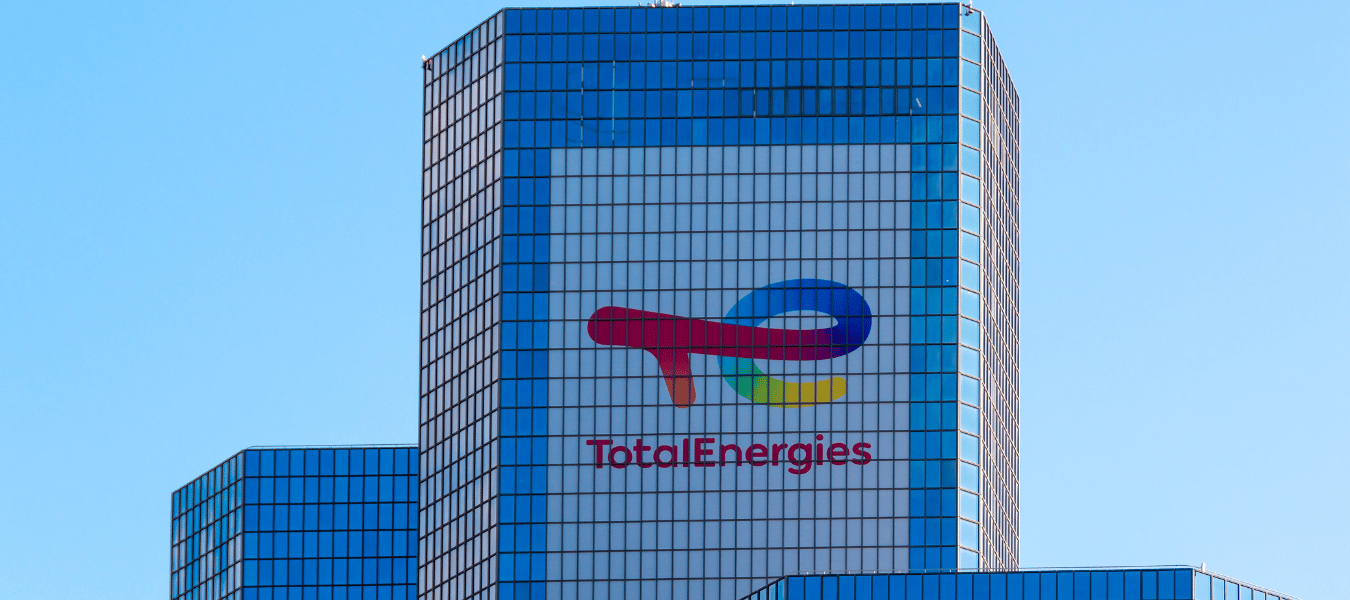

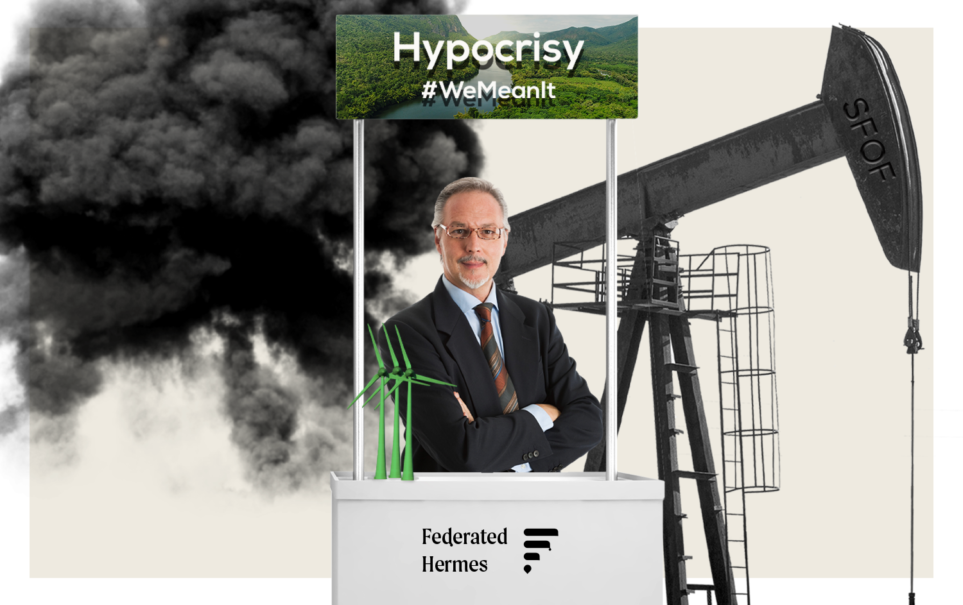















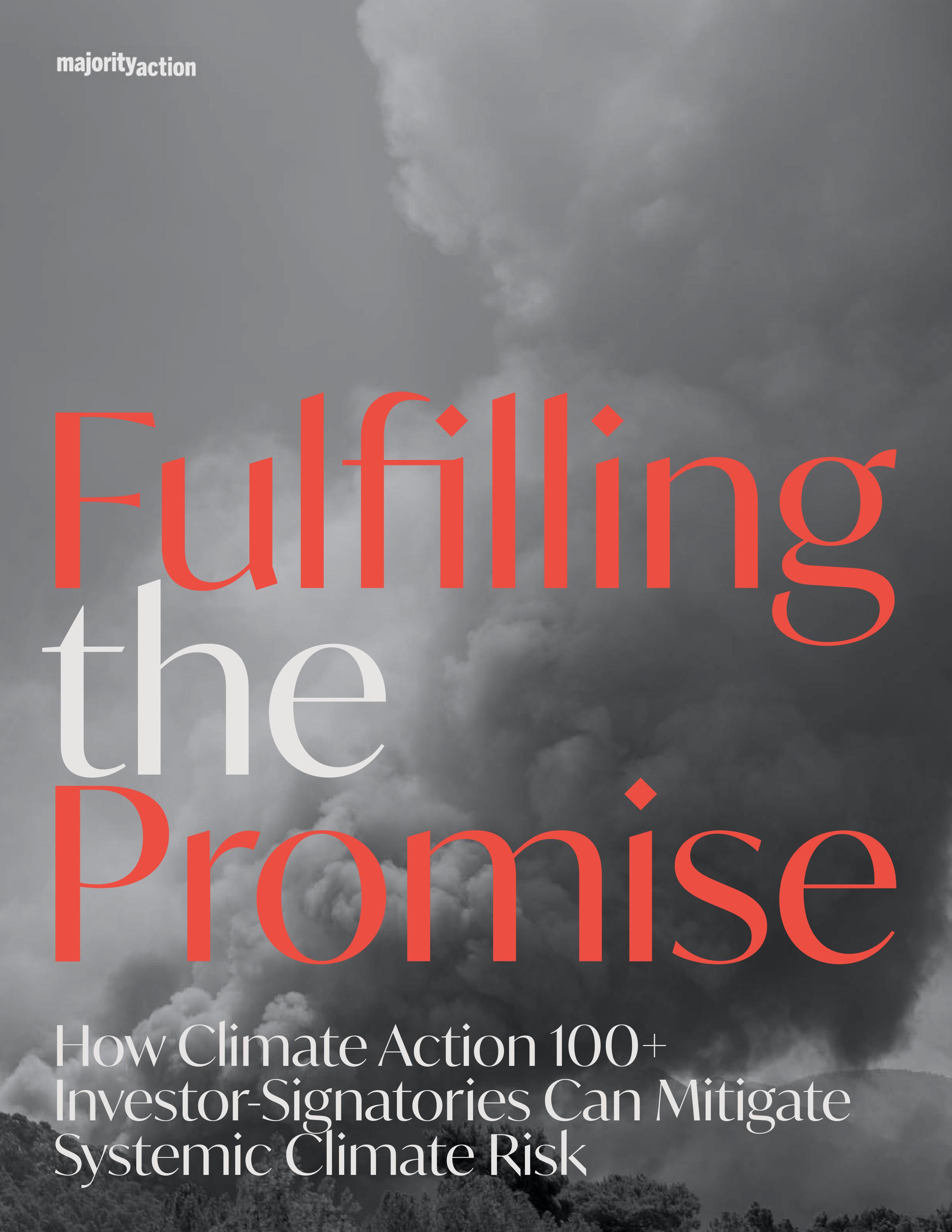


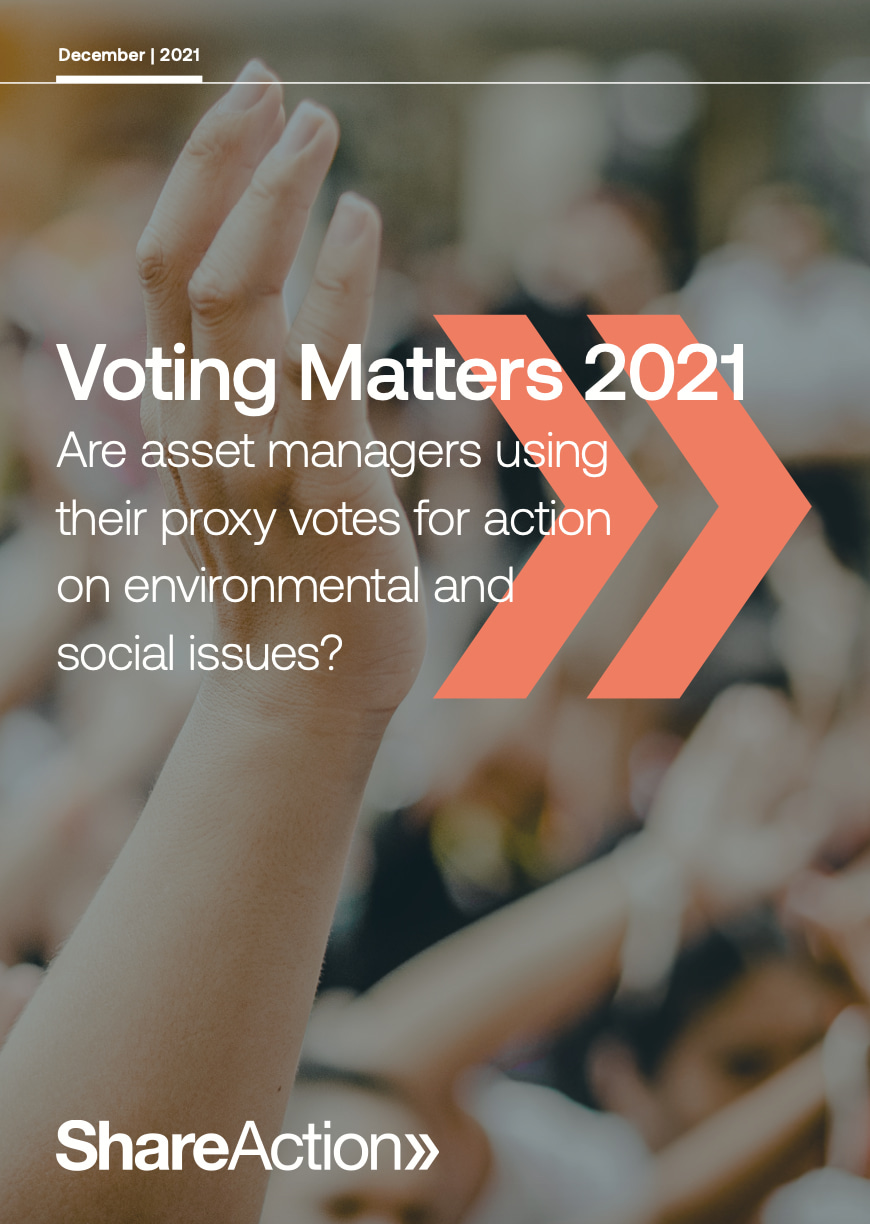
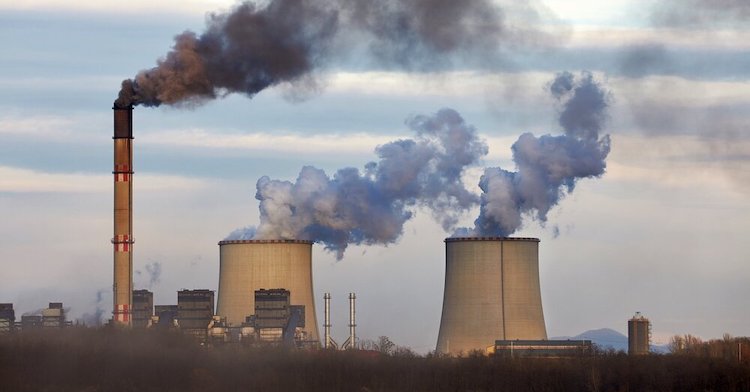





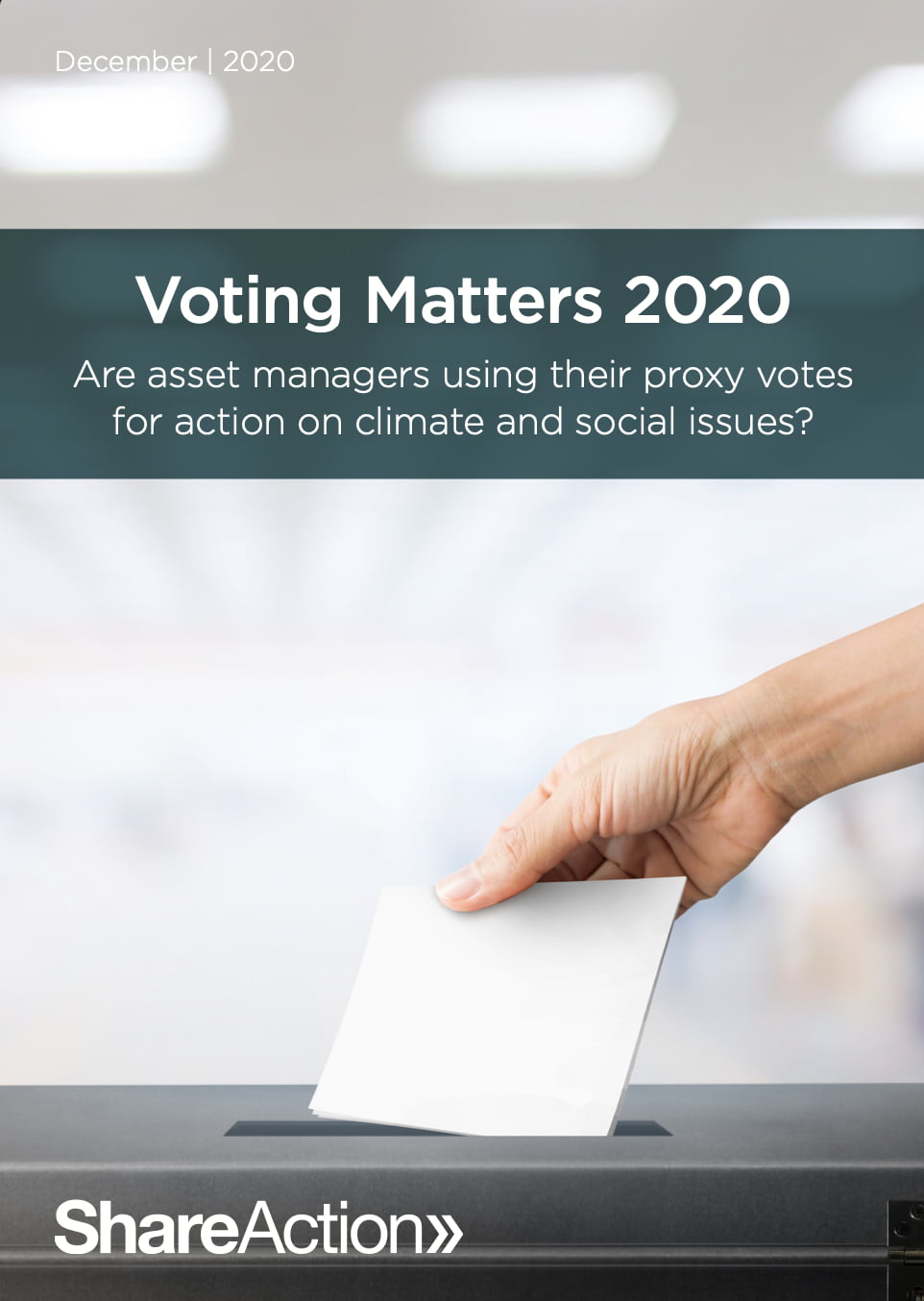

Share